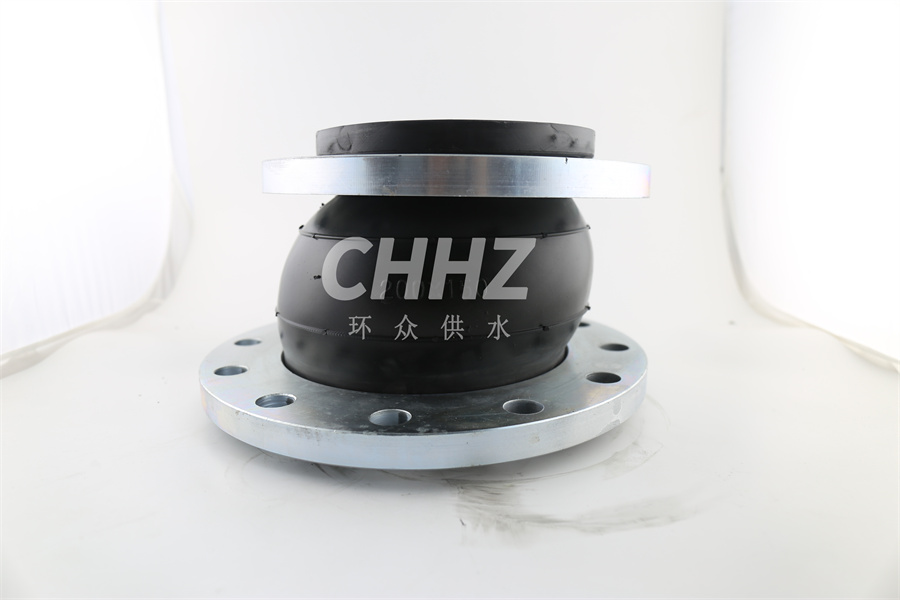What are the misunderstandings that tend to arise during the installation of reducing rubber joints?
Many people have great misconceptions about rubber joints. They think the installation position of rubber joints should be at the highest point and local high point, but in fact, it is analyzed according to the specific situation. Let's understand the misunderstanding of the installation position of rubber joints. The installation position of rubber joints should be selected according to the possible locations of air bubbles. This is because during normal pipe network operation, when the water flow is fast enough, the water flow will bring the air mass gathered at the high point to a certain location downhill of the pipe section. At this location, the bubbles tend to be stationary in force equilibrium. In the uphill and mild sections of the pipe section, when the water flow is not sufficient to move the gas masses along the line, the gas masses will stay in front. If the slope is relatively small and the pipe section is long, the gas mass tends to be dispersed along the pipe section. Therefore, the installation position of rubber joints is summarized as follows.
Misconceptions about the installation position of rubber joints
1. uphill and downhill sections where the slope drops sharply and high-speed rubber joints are installed when necessary.
2. high points and local high points of the pipeline system are important installation points, mainly for the compound use of rubber joints and high-speed rubber joints to prevent breakage and water hammer
3. longer gently sloping sections.
4. longer upper and lower sections.
5. the location of the pump.
After reading the above, I believe we all know the misconceptions of rubber joint installation location.
The reducer rubber joint pipeline construction and installation is in a natural state and must not be artificially deformed during installation. This can avoid early damage to the product and the weakening of the use effect. Installation of flexible rubber joints is strictly prohibited super displacement
If the product design is installed at the outlet of the pump or the corner of the pipeline, and high pressure . When the product is suspended from a high-rise building, the pipeline has fixed support or fixed bracket, and the stress of fixed support and fixed bracket is greater than the axial force, otherwise the product should be installed with anti-pull-off limit device.
When installing rubber joints of different diameters, snap all the reinforcing rings at both ends of the spheres into the flange grooves to prevent the spheres from pulling down with the flange under the pressure of the pipeline. Tighten the symmetrical bolts to make sure the sphere is in place in the flange.
When rubber joints of different diameters are connected to the pipe flange, the bolt rod should extend to one end of the pipe flange to prevent the arch part of the rubber joint from being squeezed or punctured during pressure expansion. The bolts at each end should be tightened symmetrically with pressure so that all bolts are consistent. In places with harsh usage conditions, spring washers should be added in addition to flat pads to prevent the nuts from loosening.
When the reducer rubber joint is in close proximity to the pump outlet or frequent opening and stopping, limit devices should be added at both ends of the flange to reduce the impact of stretching and compression of the rubber joint length on the pump and pipeline.
When installing and using large-diameter flexible rubber joints, a short pipe of appropriate length should be made at one end of the flange in order to facilitate installation and reduce labor intensity. After the rubber joint is connected to the short pipe and the other end of the pipe, the short pipe is welded to the counterpart long pipe.
